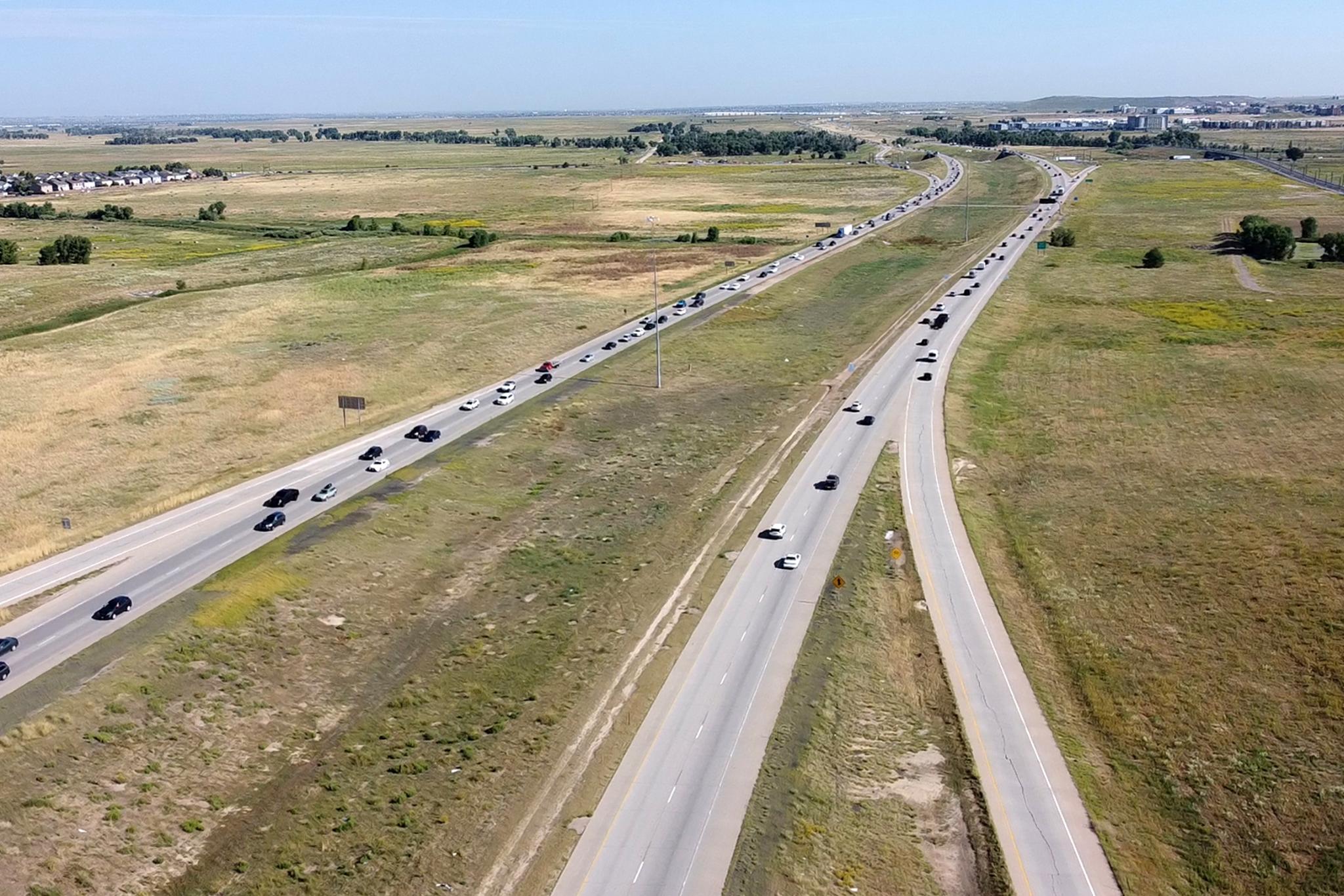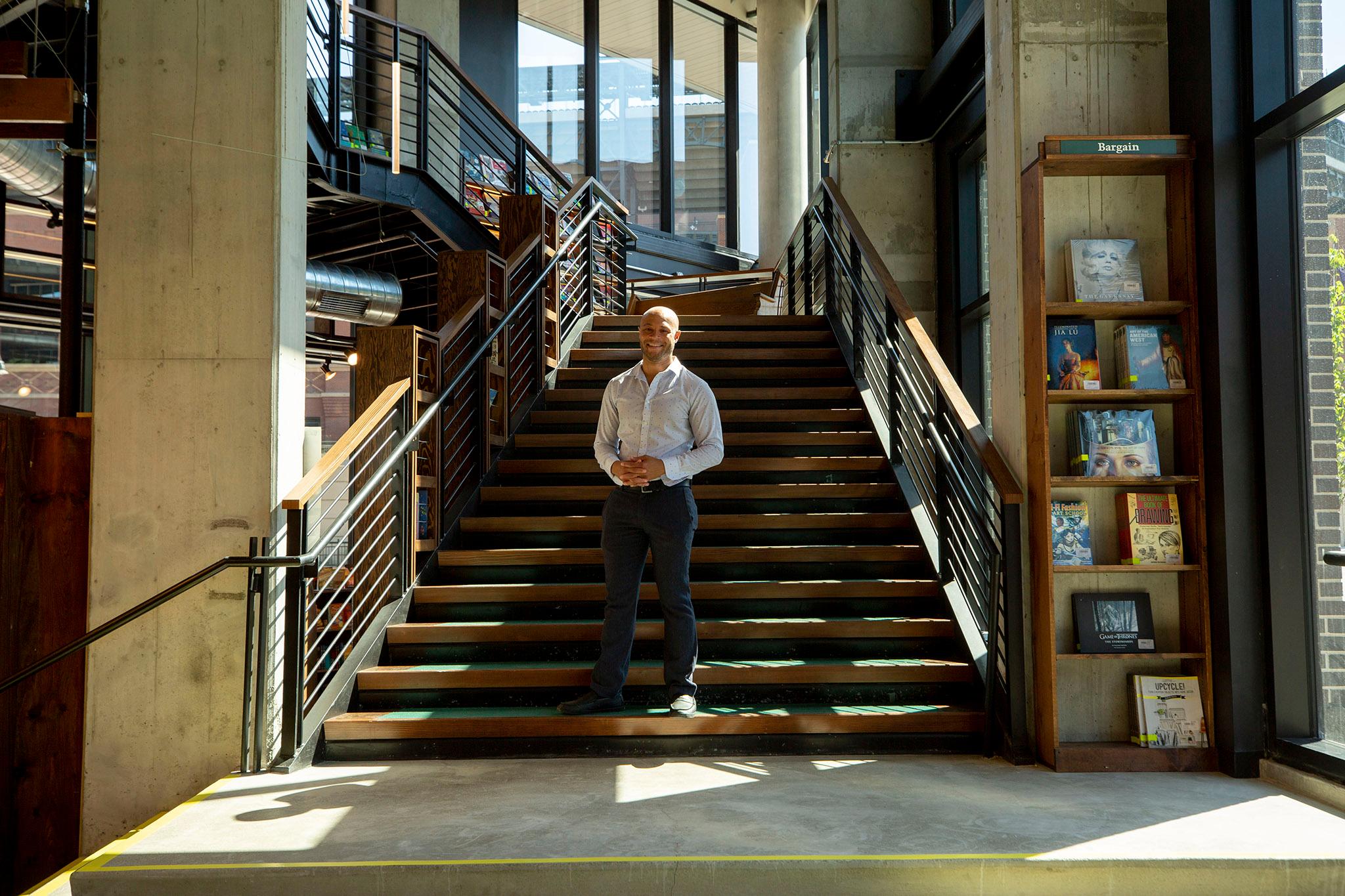
A United Launch Alliance-made rocket is good to go for a seven-year mission into space. The objective this time: collect ancient space rocks.
The OSIRIS-REx spacecraft will be loaded into the nose of ULA’s Alliance Atlas V rocket on August 23 and 24, in advance of the September 8 launch of NASA’s first ever asteroid return mission.
During a NASA press conference Wednesday, the OSIRIS-REx team confirmed the spacecraft has been tested and is ready for the $800 million mission, the Orlando Sentinel reported.
After launch, the 4,650-pound OSIRIS-REx will begin a two-year journey to the asteroid Bennu, which was chosen for its proximity to Earth, its size and its carbon-rich composition.
Did I mention the asteroid is ancient?
At more than 4.5 billion years old, Bennu has been around since the creation of the solar system and scientists say the materials on its surface could help us understand more about our solar system.
“It’s important because it helps us understand the formation of our solar system. That’s kind of a big deal,” the mission’s deputy program scientist, Christina Richey told the Sentinel.
The name, OSIRIS-REx means Origins, Spectral Interpretation, Resource Identification, Security—Regolith Explorer, very literally spelling out the mission’s objectives.
The craft will collect materials and regolith — surface dust and gravel — that could answer questions about the origin of life, as well as provide insight into asteroids as potential fuel sources for future missions. Lastly, the mission could help scientists understand what could be done if an asteroid hurtles toward earth.
Centennial-based United Launch Alliance (ULA) is the joint venture of Lockheed Martin Space Systems and Boeing Defense, Space & Security.
Multimedia business & healthcare reporter Chloe Aiello can be reached via email at [email protected] or twitter.com/chlobo_ilo.
Subscribe to Denverite’s newsletter here.












